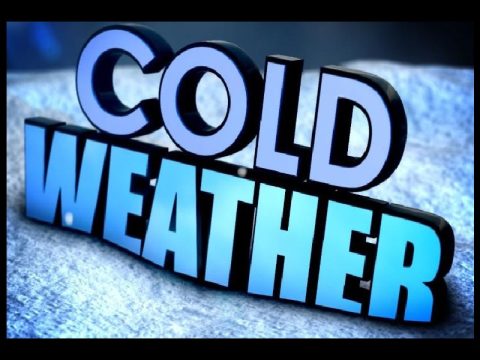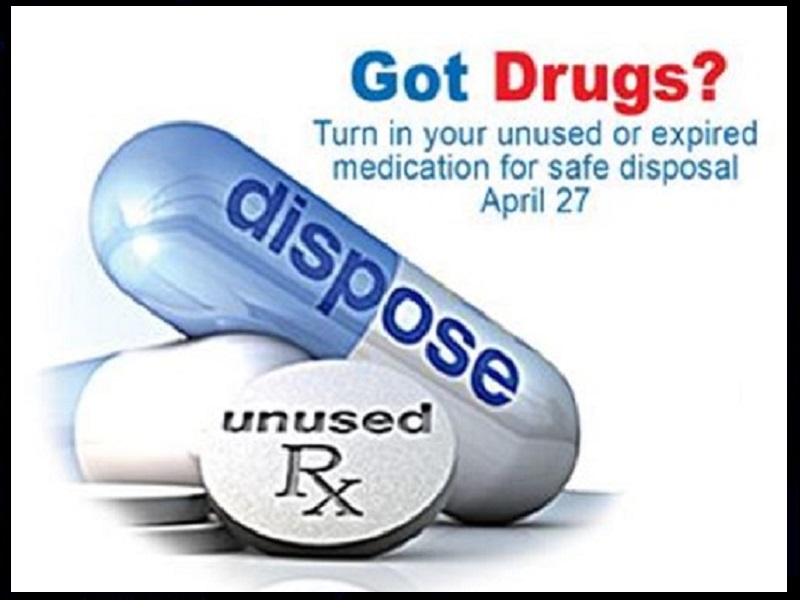POTENTIALLY DANGEROUS COLD WEATHER FORECASTED FOR AREA NOV. 12, 2019
Winter is coming early to the Cumberland Plateau early with a one two punch in the next 24 hours.
The first punch will come late tonight (Monday, November 11, 2019) to around sunrise tomorrow (Tuesday, November 12, 2019) when rain will start to fall with an approaching front. That rain will change into sleet then all snow before coming to an end tomorrow morning. The National Weather Service says areas such as Crossville could see anywhere from a half inch to an inch of snow, all depending on the timing of the moisture and the cold air. The valley could see a dusting.
The second and stronger punch will come with bitter cold temperatures and a dangerous chill factor all day tomorrow into tomorrow night. It will be cloudy with flurries until mid-morning then gradual clearing. The high temperature tomorrow is projected at 30 with the winds blowing up to 20 miles per hour. That will set up dangerous chill factors in the teens to even single digits at times. Tomorrow night does not look any better with a low of 12 in Crossville and a 10 mile per hour winds will put the chill factor at 0.
Take this time now to review the following cold related-illnesses that could take place in bitter cold weather that is coming. Some cold-related illnesses include:
hypothermia
frostbite
trench foot (or “immersion foot”)
chilblains
Raynaud’s phenomenon
cold-induced hives
In addition to these illnesses, winter weather can cause major inconveniences for travelers. Always be prepared to deal with heavy snow and extreme cold, whether you’re on the road or at home.
When your body first drops below 98.6˚F (37˚C), you may experience:
shivering
an increased heart rate
a slight decrease in coordination
an increased urge to urinate
When your body temperature is between 91.4˚ and 85.2˚F (33˚ and 30˚C), you’ll:
decrease or stop shivering
fall into a stupor
feel drowsy
be unable to walk
experience quick alternations between rapid heart rate and breathing too slowly
shallow breathing
Between 85.2˚ and 71.6˚F (30˚C and 22˚C), you’ll experience:
minimal breathing
poor to no reflexes
inability to move or respond to stimuli
low blood pressure
possibly coma
A body temperature below 71.6˚F (22˚C) can result in muscles becoming rigid, blood pressure becoming extremely low or even absent, heart and breathing rates decreasing, and it can ultimately lead to death.
Treatment
If someone passes out, shows multiple symptoms listed above, and has a body temperature of 95˚F (35˚C) or lower, call 911 immediately. Perform CPR if the person isn’t breathing or doesn’t have a pulse.
To treat hypothermia, get out of the cold as soon as possible and to a warmer environment. Remove any damp or wet clothing and start warming up the middle areas of your body, including your head, neck, and chest, with a heating pad or against the skin of someone with a normal body temperature. Drink something warm to gradually increase your body temperature, but don’t have anything alcoholic.
Even after you begin to feel warm again, stay dry and keep yourself wrapped up in a warm blanket. Seek medical help right away to minimize the harm to your body.
To treat frostbite, soak the affected area in warm water no hotter than 105˚F (40˚C) and wrap it in gauze. Keep any toes or fingers affected by frostbite separated from each other to avoid rubbing the areas against each other. Do not rub, use, or walk on frostbitten skin, as this can cause tissue damage. See your doctor if you still can’t feel anything on your frostbitten skin after 30 minutes
Prevention
It’s essential to protect anyone experiencing early symptoms of hypothermia. If possible, remove them from the cold immediately. Don’t try to warm a person suffering from serious hypothermia with vigorous exercise or rubbing, as this can lead to further problems.
To prevent cold-related illness, take one or more of these measures when the temperature starts to drop:
eat substantial meals regularly and drink plenty of water
avoid drinks with alcohol or caffeine
remain inside near a source of heat
wear a hat, beanie, or something similar on your head to retain heat and gloves or mittens on your hands
wear multiple layers of clothing
use lotion and lip balm to prevent dryness of your skin and lips
bring extra clothes to change into in case you get damp or wet
wear sunglasses when it’s snowing or extremely bright outside to avoid snow blindness
Common risk factors for hypothermia and frostbite include:
being younger than 4 or older than 65
consuming alcohol, caffeine, or tobacco
being dehydrated
exposing skin to extremely cold temperatures, especially when exercising and sweating
becoming damp or wet in cold temperatures





